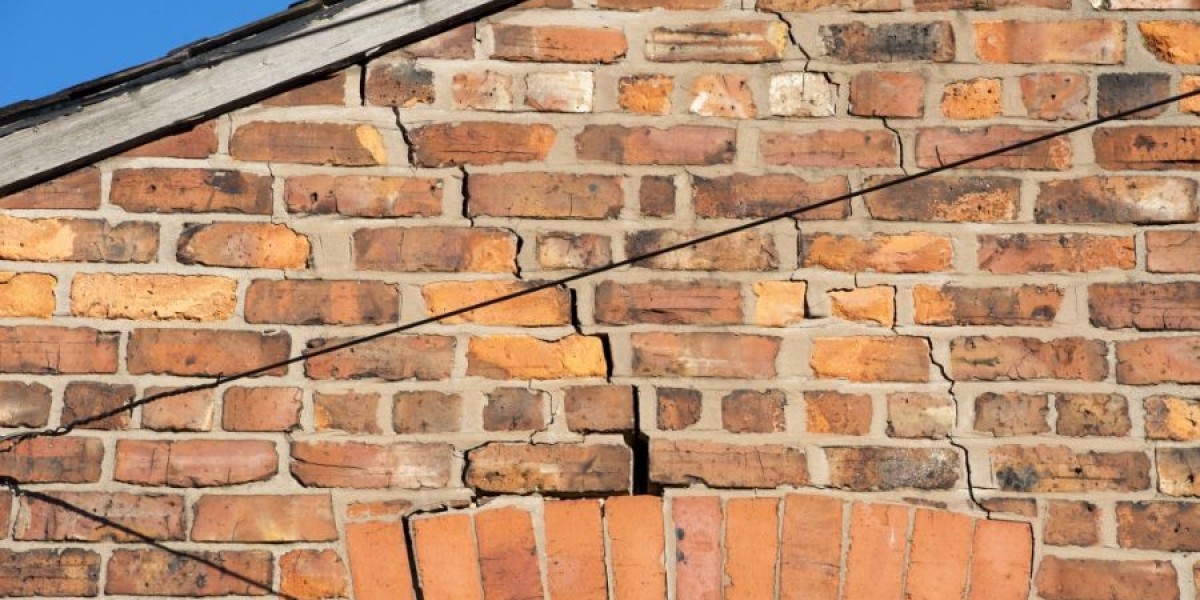What is a Dilapidations Survey?
A dilapidations survey is a detailed inspection of a property, typically conducted at the end of a lease term. The primary purpose of this survey is to assess the condition of the property in relation to the lease terms, identifying any necessary repairs or maintenance that the tenant is obligated to address before vacating. Conducting a dilapidations survey can provide valuable insights for both landlords and tenants, helping to avoid disputes and misunderstandings.
The Survey Process
Understanding the process of a dilapidations survey can help both parties prepare adequately. Here’s a breakdown of the typical steps involved:
- Initial Inspection: A qualified surveyor visits the property to conduct a thorough examination, looking for signs of damage or deterioration. This includes assessing structural elements, fixtures, and any changes made during the tenancy.
- Documentation: The surveyor documents their findings meticulously, often accompanied by photographs. This documentation serves as a vital record for both parties, establishing the condition of the property at the time of the survey.
- Reporting: After the inspection, the surveyor prepares a detailed report that outlines their findings. This report typically includes a list of necessary repairs, a comparison with the property's initial condition, and recommendations for addressing identified issues.
- Action Plan: Finally, the report may outline an action plan that both landlords and tenants can follow to resolve any outstanding matters, including timelines for repairs and cost estimates.
Importance of Dilapidations Surveys for Landlords
For landlords, dilapidations surveys are an essential tool for several reasons:
Legal Protection
A dilapidations survey serves as a legal safeguard for landlords. The comprehensive report provides documented evidence of the property's condition at the end of a lease, which can be crucial in any disputes regarding damages or maintenance responsibilities. If a tenant fails to address necessary repairs, the landlord can refer to the survey to substantiate their claims and seek compensation for the costs incurred.
Maintaining Property Value
Regular dilapidations surveys can also help landlords maintain their property's value. By identifying maintenance issues early on, landlords can address these concerns before they escalate into more significant problems. This proactive approach not only preserves the property’s condition but also enhances its marketability for future tenants.
Enhancing Tenant Relationships
When landlords conduct dilapidations surveys, it fosters a sense of transparency and trust between both parties. By clearly outlining responsibilities and expectations, landlords can minimize misunderstandings and disputes, leading to a more harmonious rental experience.
Importance of Dilapidations Surveys for Tenants
For tenants, understanding the significance of dilapidations surveys is equally important:
Clarity of Responsibilities
A dilapidations survey provides tenants with a clear understanding of their obligations concerning property maintenance. By knowing what repairs are needed before vacating, tenants can take proactive measures to address any outstanding issues. This not only helps them avoid unexpected financial liabilities but also protects their security deposit.
Preventing Disputes
Having a comprehensive dilapidations survey can significantly reduce the likelihood of disputes at the end of a lease. When tenants are aware of the property's condition and their responsibilities, they are less likely to be taken by surprise by claims for damages or repairs. This transparency fosters a more cooperative relationship with landlords, making the lease termination process smoother.
Positive Rental History
Taking the initiative to address issues identified in a dilapidations survey can contribute to a positive rental history for tenants. Being responsible for maintaining the property and ensuring it is returned in good condition can enhance a tenant's reputation, making it easier for them to secure favorable leases in the future.
Key Considerations for Both Parties
To navigate the complexities of dilapidations surveys effectively, both landlords and tenants should consider the following:
Regular Communication
Maintaining open lines of communication throughout the lease term is essential. Regular discussions about property maintenance can help address concerns before they escalate, fostering a more collaborative relationship.
Early Surveys
Conducting dilapidations surveys well before the lease ends can provide both parties with ample time to address any identified issues. This proactive approach helps prevent last-minute complications and ensures a smoother transition at the end of the lease.
Engage Qualified Professionals
Both landlords and tenants should ensure that qualified professionals conduct dilapidations surveys. Engaging an experienced surveyor can provide a thorough and objective assessment, ensuring fairness for both parties.
Review Lease Agreements
Understanding the lease agreement's terms regarding maintenance and repairs is crucial. Both parties should familiarize themselves with their obligations to prevent misunderstandings and disputes related to the property’s condition.
Conclusion
In conclusion, dilapidations surveys are an essential aspect of property management that benefits both landlords and tenants. By providing a clear assessment of a property’s condition, these surveys help clarify responsibilities, protect investments, and foster positive relationships between both parties.
Understanding the importance of dilapidations surveys and navigating the process effectively can lead to smoother lease transitions, fewer disputes, and a more cooperative rental experience. As property management practices continue to evolve, prioritizing dilapidations surveys will remain crucial for safeguarding the interests of both landlords and tenants alike.



